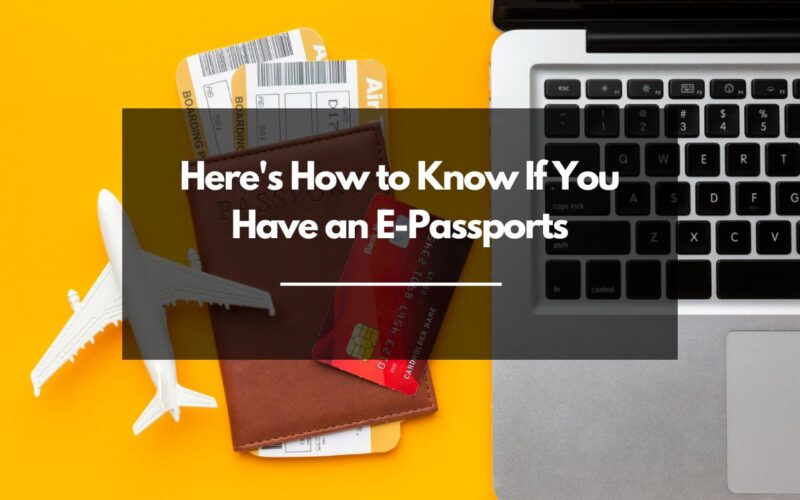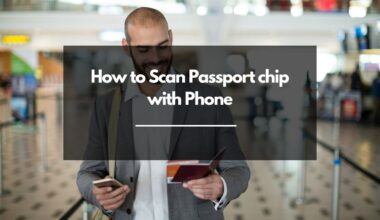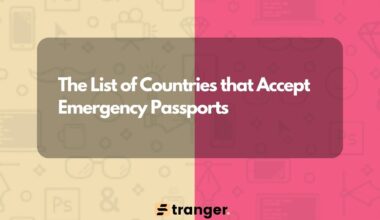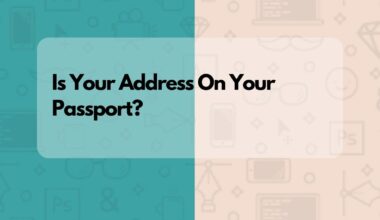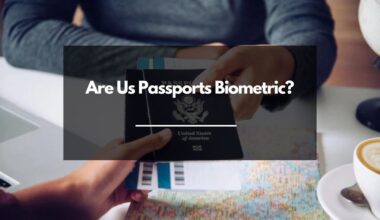As an Amazon Associate, I earn a small commission from qualifying purchases. Learn more about this.
Imagine you’re ready to embark on your much-anticipated journey overseas, and you realize you’re not quite sure what kind of passport you own. Is it an ePassport? What does an ePassport look like, and why does it matter?
How do I Know If I Have an e Passport?
One of the first questions that might come to mind is: “What exactly is an ePassport?”
Quite simply, an ePassport, or electronic passport, is a traditional passport that has an embedded electronic microprocessor chip.
This chip stores the same data visually displayed on the photo page of the passport, including some additional biometric information, such as the holder’s photograph. The main purpose of the ePassport is to add an extra layer of security, making it much harder for anyone to forge.
Now, to the main point: “How do you know if you have an ePassport?”
Well, there are a few quick ways to check. The first and most obvious is to look for a small symbol on your passport’s cover.
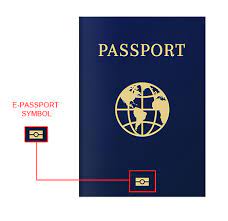
This symbol resembles a small, gold rectangle with a circle in the middle, somewhat like a camera. If you see this symbol on your passport cover, you are holding an ePassport.
You can also tell if you have an e passport by flipping open your passport. The page with your personal details and photo – the biodata page – will contain a small line of code at the bottom.
This is the machine-readable zone (MRZ), but this is also common in a machine-readable passport.
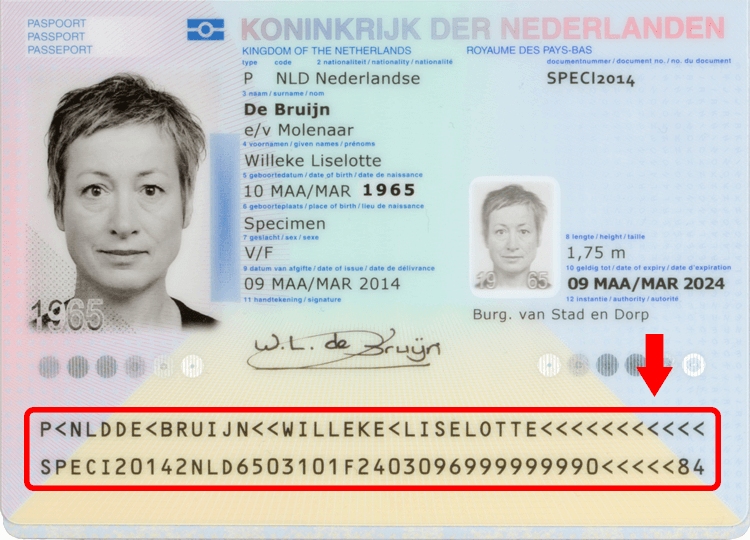
If your passport has this, you own an ePassport. In addition, some passports have a thick page where the chip is located, usually at the back or in the center.
But is there any difference?
Well, with Biometric passports when you’re going through automated ePassport gates at certain airports that utilize them, you can scan your passport yourself.
Secondly, there are a number of countries that don’t allow normal passports.
What’s the Importance of the E-Passports when Travelling?
1. They’re more Secured
In today’s world, protecting our personal information is crucial.
ePassports come with an electronic chip that stores your biometric information, such as your photograph, digitally. This technology significantly enhances the security of the passport, making it much more difficult to forge or alter.
By matching the data on the chip with the information on the passport, authorities can quickly detect any discrepancies, thereby reducing the risk of identity theft or fraudulent activities.
So, when you travel with an ePassport, you’re carrying a document that’s equipped with advanced technology to keep your identity safer.
2. They’re more Convenient
Have you ever been stuck in a long queue at the airport immigration, tired and just wanting to reach your hotel? This is where ePassports can be a game-changer.
In many international airports around the world, there are automated ePassport gates.
These self-service kiosks allow ePassport holders to breeze through border control by scanning their passport, hence significantly reducing wait times.
Imagine skipping the long lines, scanning your ePassport, and being one step closer to starting your vacation or getting home. Sounds great, right?
Do Countries Have Restrictions For Users without E-Passports? And what countries?
So, does it really matter if I don’t have an ePassport?
Well, the answer is, it might. Certain countries indeed have restrictions on travelers without ePassports.
Take the United States, for example.
As part of its Visa Waiver Program (VWP), it stipulates that citizens of participating countries traveling to the United States for business or tourism for stays of 90 days or less must have an ePassport.
This means if you’re from a VWP country and you’re planning a short trip to the States, you’ll need an ePassport to get through immigration smoothly.
Likewise, other countries, including those in the European Union, have similar rules in place. An ePassport is mandatory for non-EU citizens who wish to take advantage of the EU’s proposed European Travel Information and Authorization System (ETIAS), which allows for visa-free travel within the Schengen Zone.
Australia, too, has joined the ranks, with its SmartGate system at immigration. While not a strict requirement, having an ePassport will allow you to use the automated gates for a faster, more efficient entry process.
On the other hand, there are still a handful list of countries that have no problem with a non biometric passports.
How to get an E-Passport
Most countries have phased out older, non-electronic passports, meaning that if you’re applying for a new passport or renewing an expired one, it’s likely you’ll be issued an ePassport by default.
But this is not comprehensive. India for instance, even though being one of the worlds’ power still comfortably issues non biometric passports to citizens.
However, the exact process varies depending on the country.
Let’s outline some general steps.
Firstly, you will need to submit a passport application. This can typically be done online or in person at a designated passport office, a post office, or other government-approved facility.
As part of the application, you’ll need to provide several documents to verify your identity and nationality. This usually includes things like your birth certificate, proof of citizenship, and a valid form of photo ID, like a driver’s license.
You’ll also need to provide a recent, high-quality color photograph that meets the specific passport photo requirements of your country. Some countries have facilities to take these photos on-site when you submit your application.
Once your application is filled out and your documents are gathered, you will need to pay the application fee. The fee can vary greatly depending on the country and the processing speed you choose.
After submitting your application, there is usually a waiting period while your application is processed. Once it’s approved, you’ll receive your shiny new ePassport in the mail or you may need to pick it up in person.
Keep in mind that this is a general overview, and the process can vary. Always check the official government website of your country for the most accurate and up-to-date information.
Final Thoughts
It’s important you know whether or not you own an e-passport — and most importantly, do this fast to avoid future problems. While not having an ePassport won’t necessarily prevent you from traveling, it could impact how you travel.
Depending on your destination, you might experience longer wait times at immigration, or you might even need to apply for a visa when you wouldn’t have to with an ePasspor
